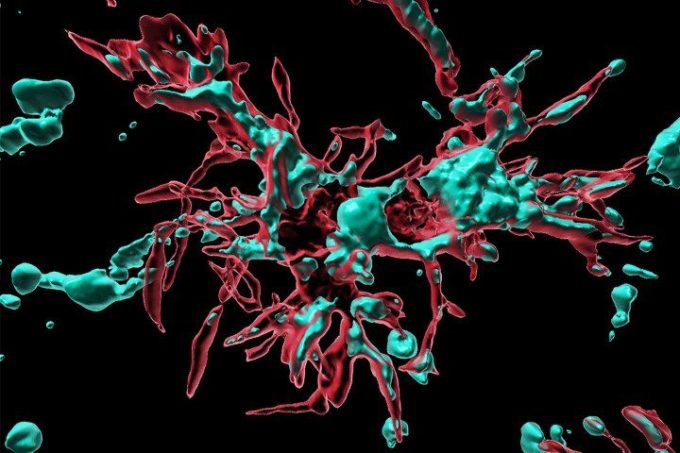UCSF Researchers Identify Brain’s Immune System as a Driving Force Behind FTD

For years, researchers have been trying to solve the puzzle of just how FTD starts to break down and damage brain cells. Now, thanks to new research out of UC San Francisco (UCSF), the answer to this long-standing question is becoming clearer.
In a study published in Nature, researchers lay out a clear timeline of disease in an FTD mouse model and show that the brain’s immune system is responsible for jump-starting neurodegeneration. The research builds on past work that links FTD to excessive activity in microglia, a type of brain immune cell that normally works to clear debris, fight infection, and help shape neural connections during development.
The study, which was co-authored by AFTD Medical Advisory Council member Bruce Miller, MD, of UCSF, examined a disease-relevant part of the brain called the thalamus and looked cell-by-cell to see how the expression of GRN, the gene that encodes for the protein progranulin, changes as mice age and FTD affects the brain. Thought to be one of the most common causes of hereditary FTD, mutations in the GRN gene lead to a reduction in the progranulin protein, which plays a role in several important cellular functions.
The findings showed how the GRN mutation could drive the abnormal accumulation of the TDP-43 protein in the brains of people with FTD, as well as the death of vulnerable neurons in the thalamus, with diseased, progranulin-deficient microglia serving as the executioners.
“Before neurons show any abnormalities, microglia are already showing signs of disease,” said Eric Huang, MD, PhD, a UCSF professor of pathology, in a news release. “We’ve nailed down a very important mechanism relevant to a devastating human disease.”
The team also demonstrated precisely how diseased microglia inflict damage in thalamic neurons, which are important for relaying information through the brain.
With these new findings helping to depict a clear path of neurodegeneration in FTD, Dr. Huang and his team are now working to identify potential therapeutic targets that could help to restore cell health and protect the brain from damage. They also hope to examine how signs of disease in the microglia could serve as biomarkers to help determine the working potential of candidate FTD drugs.
To read more about the study, click here.
Pictured above: Microglia (red) secrete protein to induce neurodegeneration in mice. Image by Kei Hashimoto/UCSF.
By Category
Our Newsletters
Stay Informed
Sign up now and stay on top of the latest with our newsletter, event alerts, and more…
